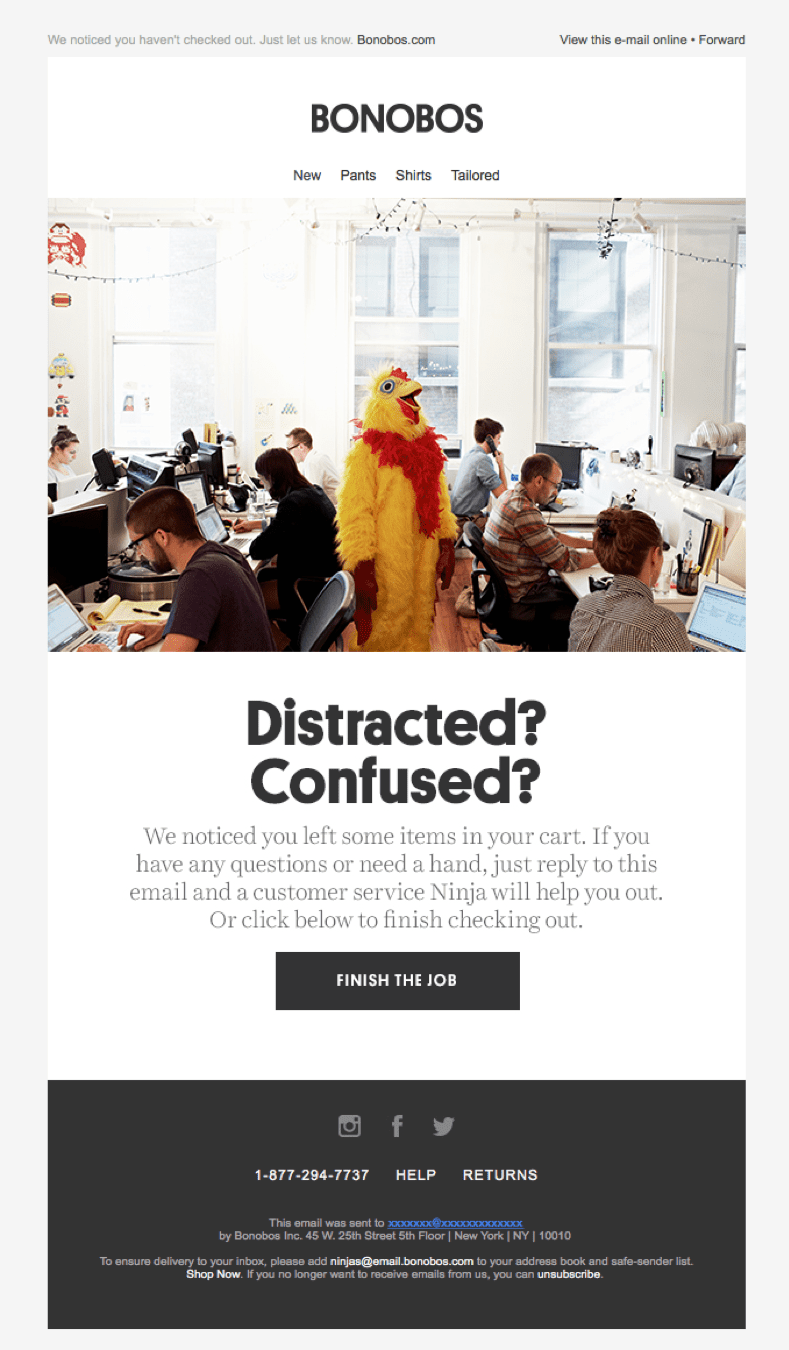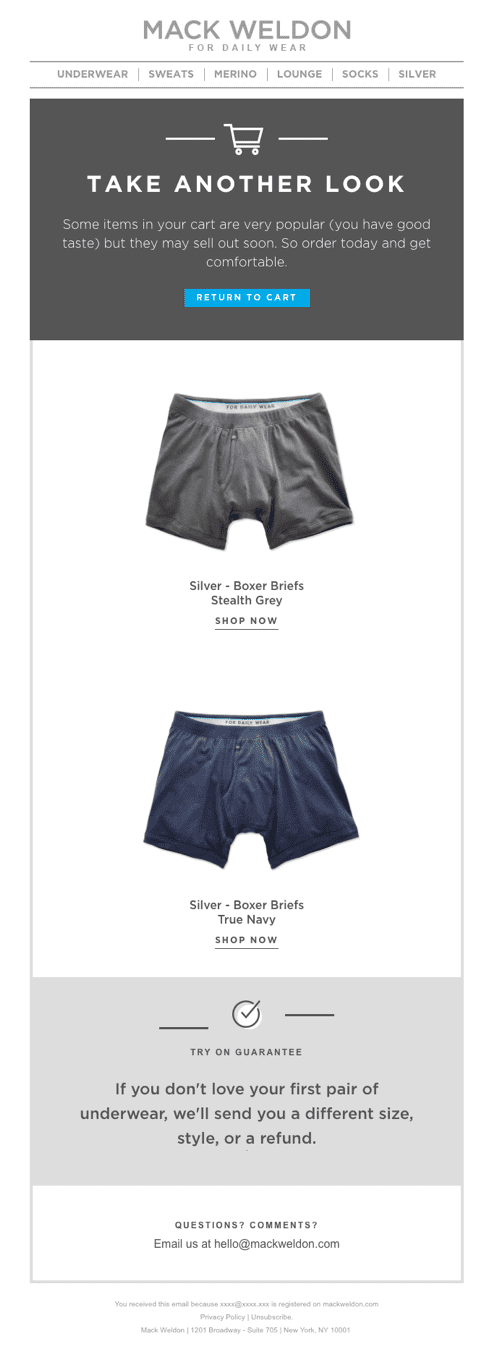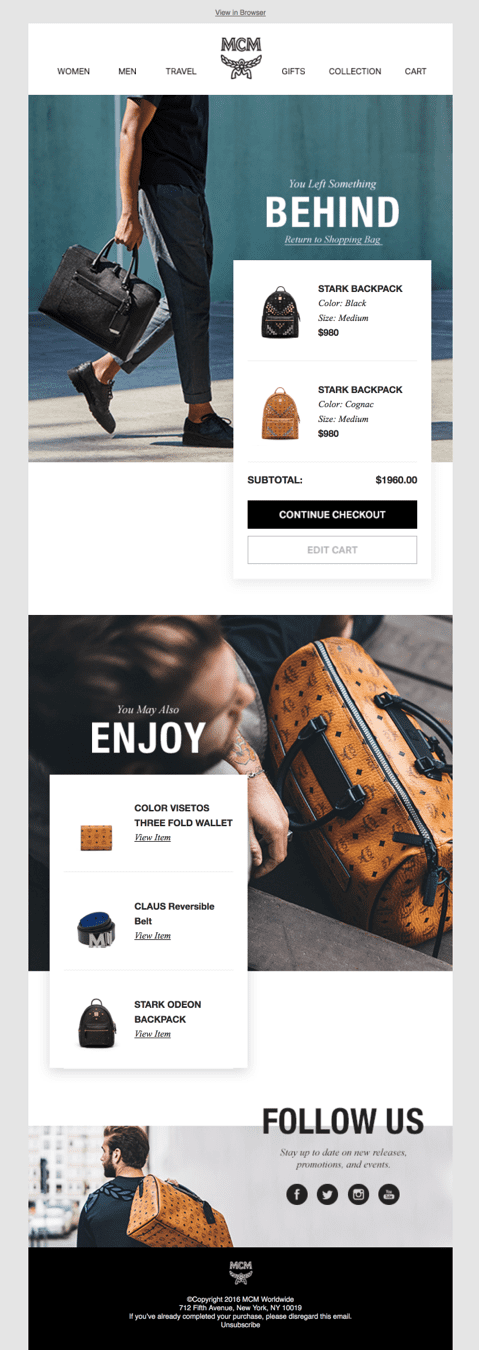Howdy marketers! So far in our growth marketing series, we’ve talked about what growth marketing is not (spoiler: it’s not being a jerk), along with the role of empathy in growth marketing (bottom line: be kind). Now we’re moving on to one of the concepts most commonly correlated with growth marketing: iteration!
Those who call themselves growth marketers are pretty terrific problem-solvers. Time is of the essence, so they move fast and pivot quickly to swiftly sort out solutions that get the job done.
Folks who snub the phrase “growth marketing,” meanwhile, aren’t always as strong when it comes to the concept of iteration. Heaven knows I love the email and cross-channel marketing communities, but I sure do hear some hemming and hawing about what they “can’t” do when presented with terrific ideas and opportunities.
Lack of bandwidth, technology shortcomings, limited creative resources, departmental silos—yes, these are all significant obstacles. I get it. And I know you have a gazillion amazing ideas for what you WOULD do in a more perfect world. But inspiration without action doesn’t get you anywhere. So here comes your pep talk.
Instead of fixating on what you can’t do, start considering what you CAN.
Stop obsessing about the “right” way to do anything. And all of the reasons you aren’t able to achieve what’s “right.”
Winston Churchill sums it up best: “Perfection is the enemy of progress.”
Much like an early-stage startup that produces a minimum viable product to prove proof of concept and inform product development, marketers should aim to swiftly produce a minimum viable campaign whenever a meaningful opportunity is identified.
Because every day that a campaign isn’t live is a day it’s not generating returns.
So get it live. Get something live. And then go from there.
Did I just hear you groan? This is honestly the best advice I can give any marketer, and I really want you to get behind this concept.
So let me share an example.
Iteration in Action – V1: Minimum Viable Campaign
Let’s say you’re working at an e-commerce company, and you don’t have an abandoned cart campaign. That’s a big problem, right? Abandoned cart tends to be the highest-ROI campaign you could possibly launch.
But they can be really complex. Look up ANY article about abandoned cart best practices, and I 100% guarantee they’ll say you need to include the abandoned items, product names, descriptions, images and prices.
And that’s where marketers throw their hands up. All of the data points and assets—total nightmare, amirite? It could take a year to roll that out!
But best practices are BS, my friends. And you don’t need to follow anyone’s rulebook. You just need a minimum viable campaign.
And I ADORE this example from Bonobos.


A stellar minimum viable cart abandonment campaign by Bonobos
So let’s break down what’s going on here. We’ve got a message that triggers shortly after a cart is abandoned. And…what’s this? No personalization? What was left behind? Where are the products?
Instead, we have…a man in a chicken suit?
Yup. That’s it. A man. In a chicken suit.
And that’s what makes this campaign terrific. This is a stellar example of a minimum viable campaign. It gets the job done. With a fun touch of quirky absurdity that’s perfectly on-brand.
Another lovely element is the invitation to reply to the message with any questions. Firing up a reply-to address is not rocket science. And quick replies could really help drive conversions.
I hear a lot of marketers complain that managing replies is too cumbersome, but this isn’t a massive promotional campaign—there won’t be an avalanche of messages for customer service to respond to. The level of effort should be manageable. And, given the demonstrated intent to buy, very worthwhile!
Iteration in Action – V2: Leveling Up
Let’s say V1 of your campaign has been live for a while. You’ve been able to show some ROI and glean a few learnings. At this point, you should be able to summon some buy-in to level-up to V2.
Here’s an example from Mack Weldon that steps things up a bit in the personalization department.


Mack Weldon kicks cart abandonment up a notch.
There they are—our abandoned products! This email features each product’s name, color and image.
Actually seeing those underpants is a great reminder of how cozy they might feel covering our bums. And because this version is more personalized, we can reasonably anticipate an improvement in engagement and conversions over V1.
Give V2 some time to show value, then prepare your case to launch that campaign into a whole new stratosphere.
Iteration in Action – V3: Delivering the Dream
Here it is, folks—the holy grail of abandoned cart campaigns.


Best-in-class cart abandonment by MCM
This email is a BEAUTY! We’ve got so much personalization here. Let’s break it down:
- Product image
- Product name
- Product color
- Product size
- Product price AND
- Product total (that can be really hard to do!) PLUS
- Additional product recommendations (maybe some cool machine learning driving those recs?)
…and it’s beautifully designed as well. Pretty cool, huh?
Campaigns like this one from MCM get marketers excited. I’m excited! This is inspiring! But the problem with best-in-class inspiration is we can get frustrated when we can’t emulate it. And sometimes that means nothing happens at all.
But that’s not the growth marketing approach.
Sometimes campaigns like this remain aspirational. While I hope otherwise for you, the reality is, you might not ever have the resources to deliver a campaign with quite this much cool factor. But that doesn’t mean you shouldn’t do anything at all.
You Gotta Start Somewhere
A journey of a thousand miles starts with a single step, according to the Chinese proverb.
Marketers are smart. And creative! You no doubt have loads of great campaign ideas that haven’t seen the light of day because they’re complex. Writing all of those down is a great place to start. Jot down the core objective of each of those campaigns too.
Now step away from those amazing ideas and look just at those objectives. Consider which would make the most meaningful impact on the business.
Then think to yourself, how could I do this right now? What resources are currently at my disposal? What do I need to achieve a minimum viable campaign by later this month? Or even this week? Is there something I could accomplish by end of day?
Clear your mind of what the perfect version of that campaign looks like in your imagination. Don’t let some best practice listicle you read somewhere influence how you might solve these problems. Be the MacGyver of marketing! Use what you’ve got—or what you can get reasonably fast—to make something happen.
Even if you don’t call yourself a growth marketer, challenge yourself to think like one. Perfection is grossly overrated. Start small. Try something out. See what happens. And iterate from there.
By the way, Iterable was designed to accommodate the demands of growth marketers, enabling speedy iteration with ease. Hit us up for a demo to find out why engineers and marketers alike love the power of Iterable.





























